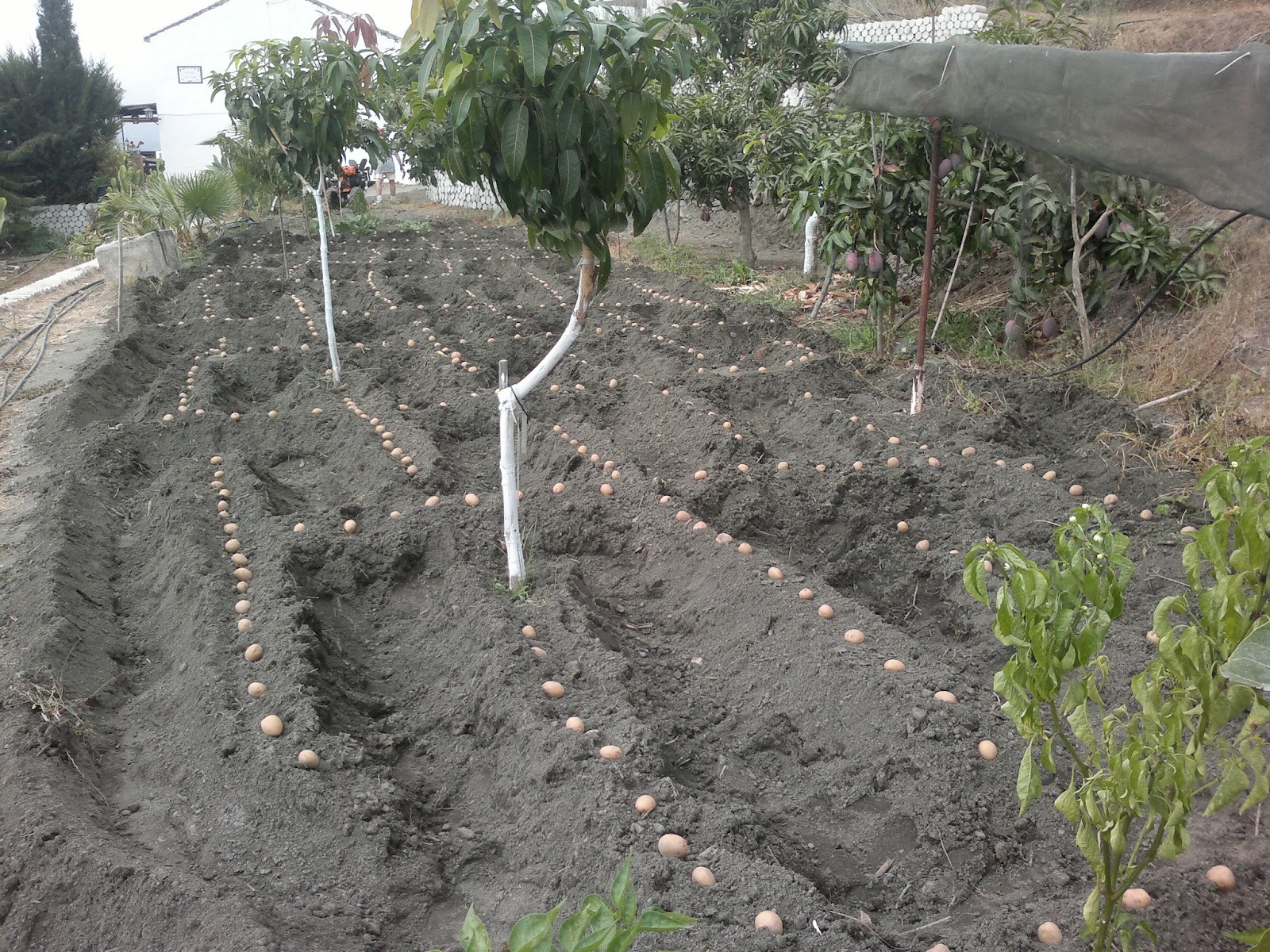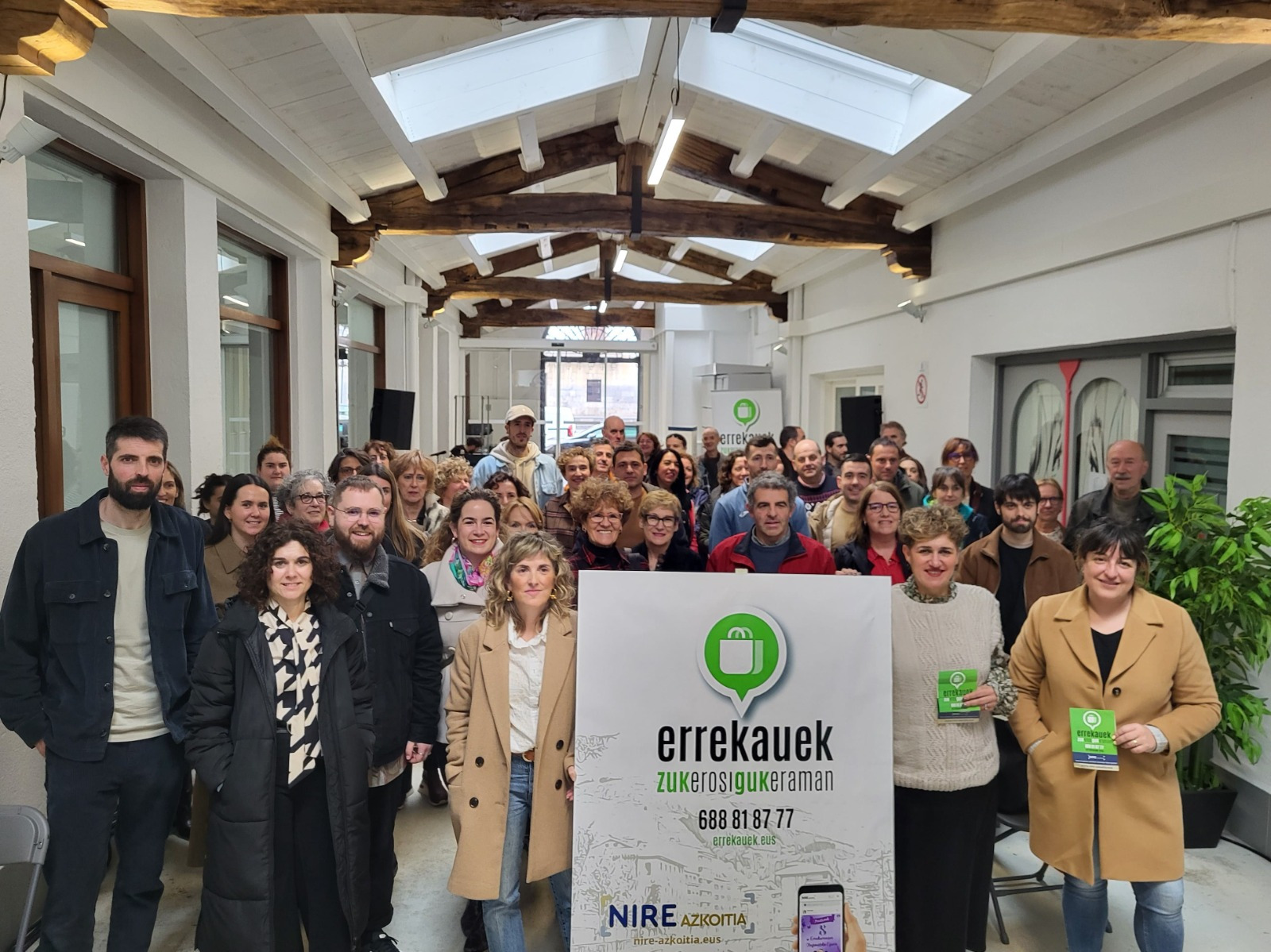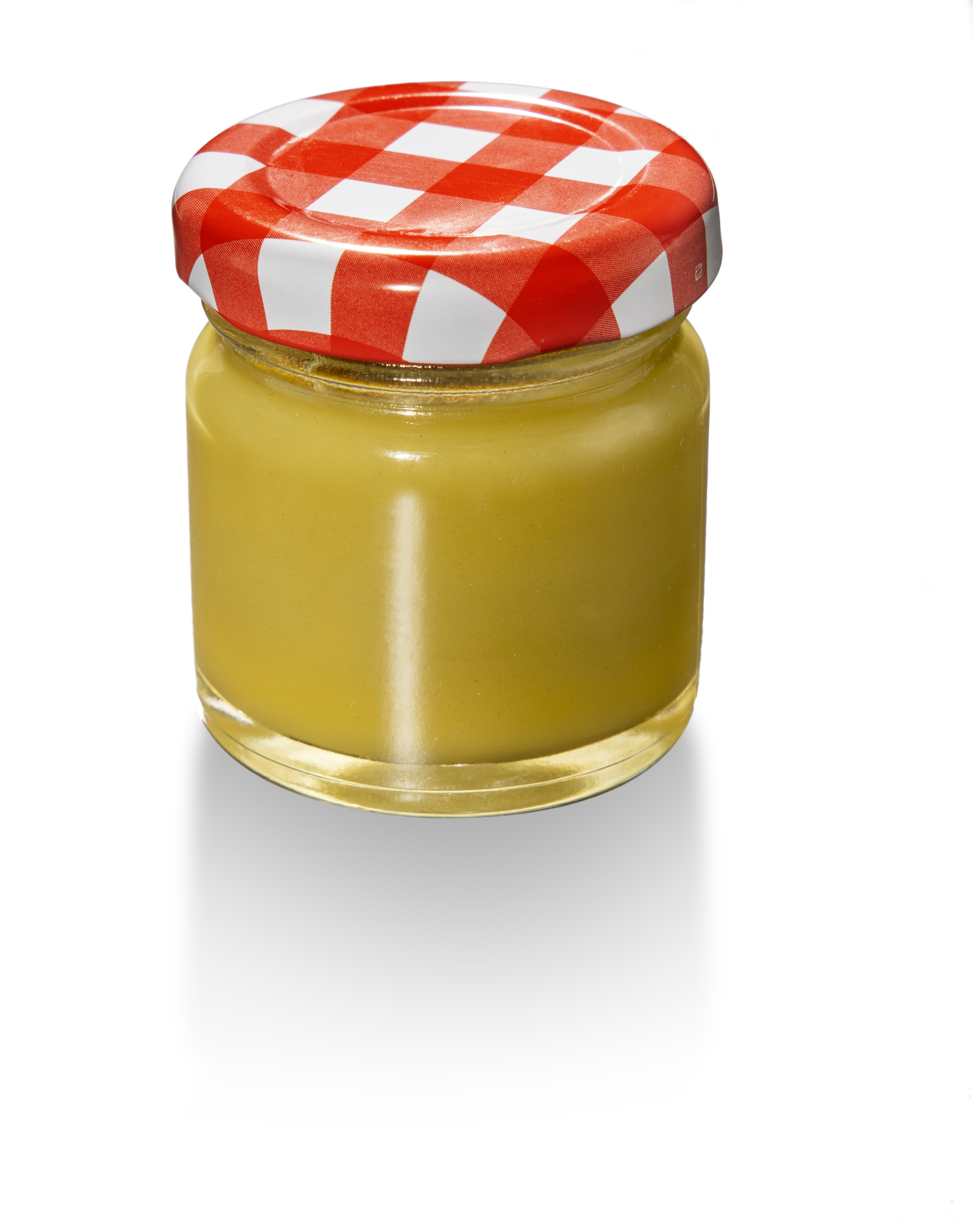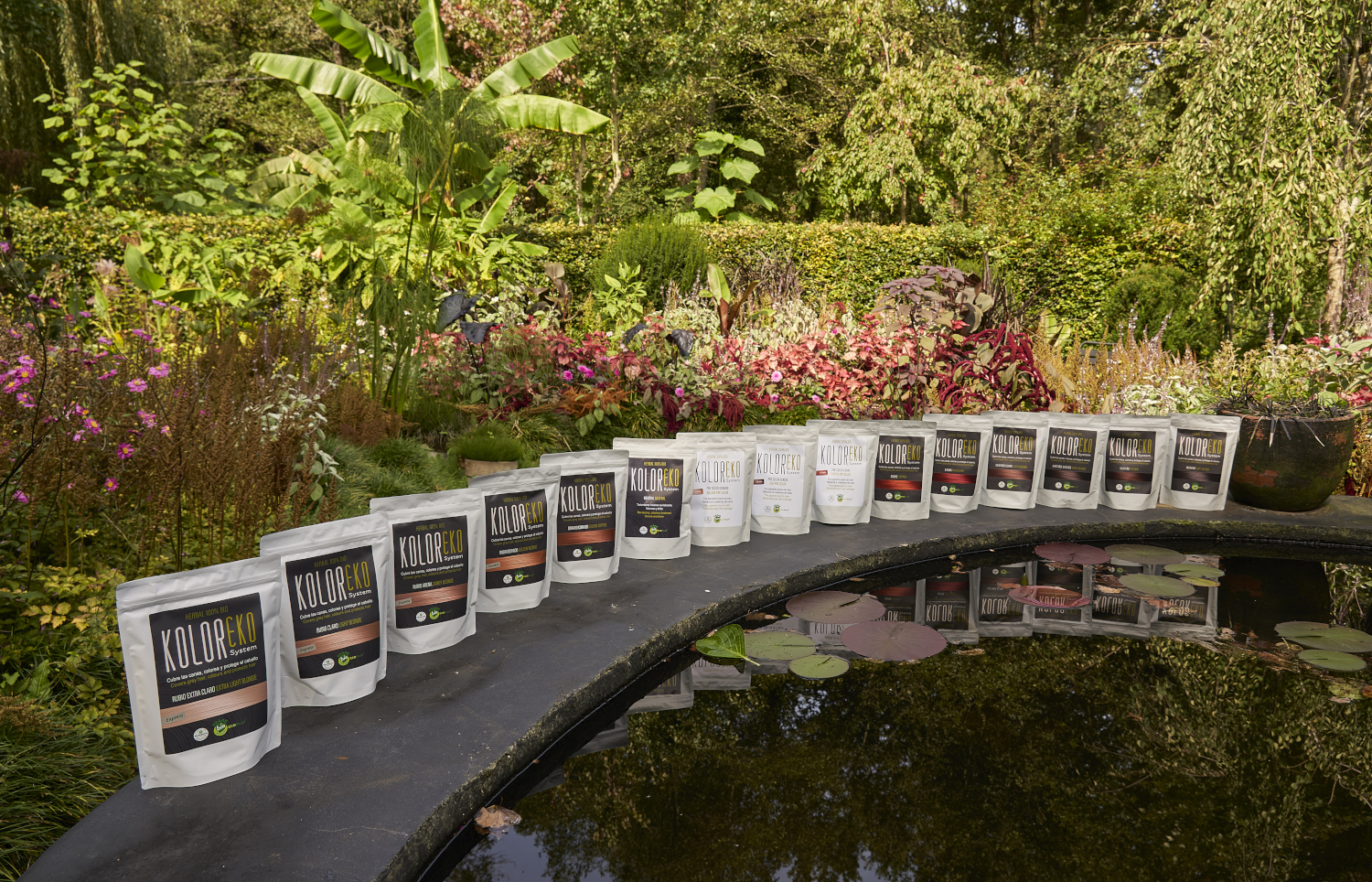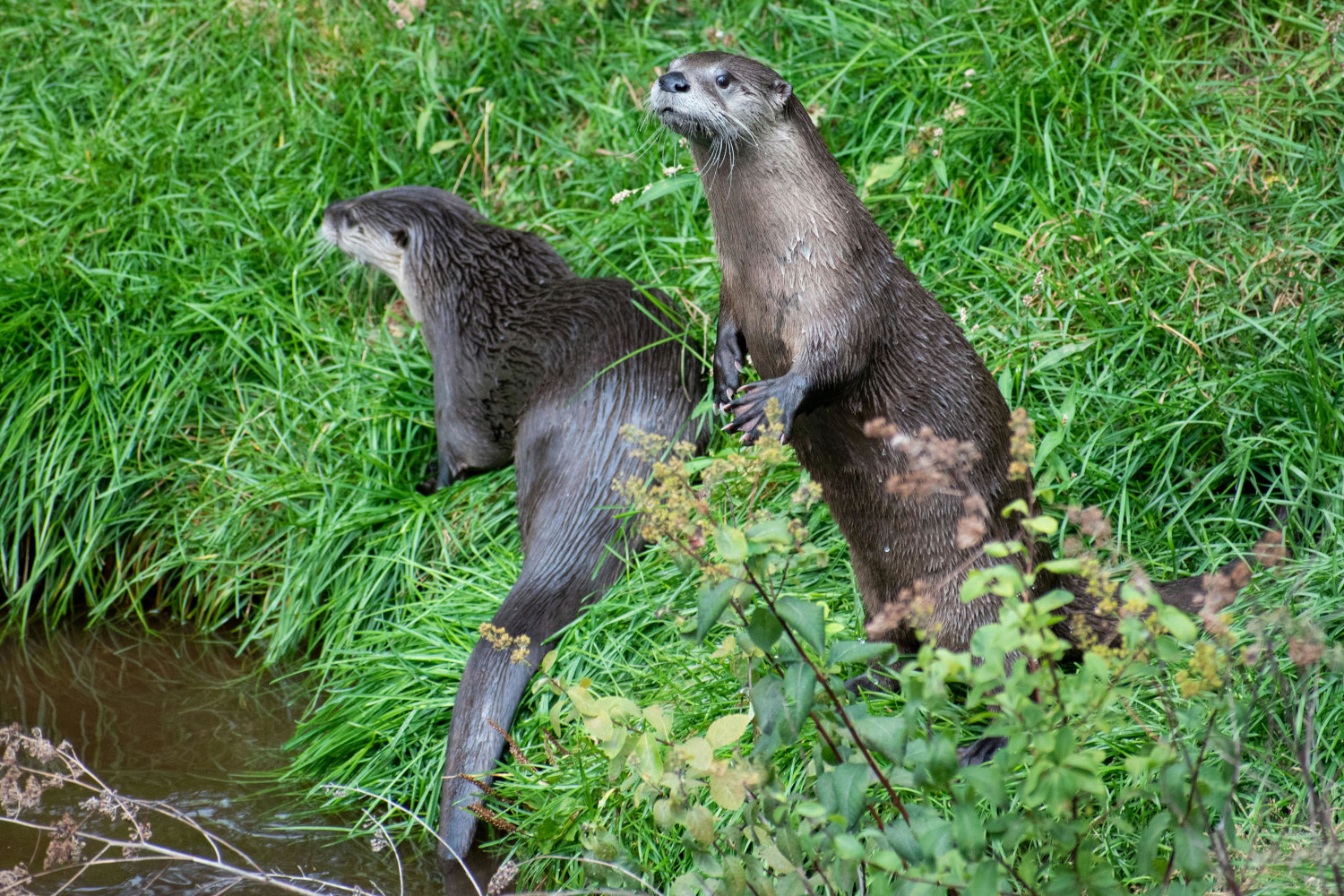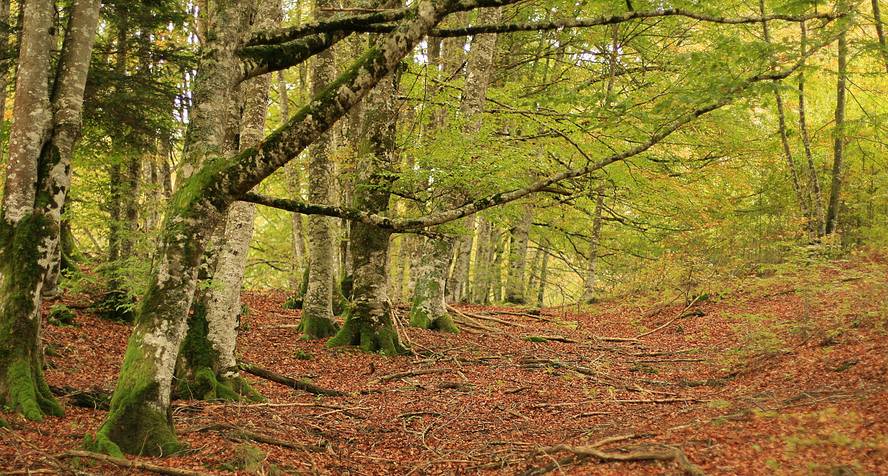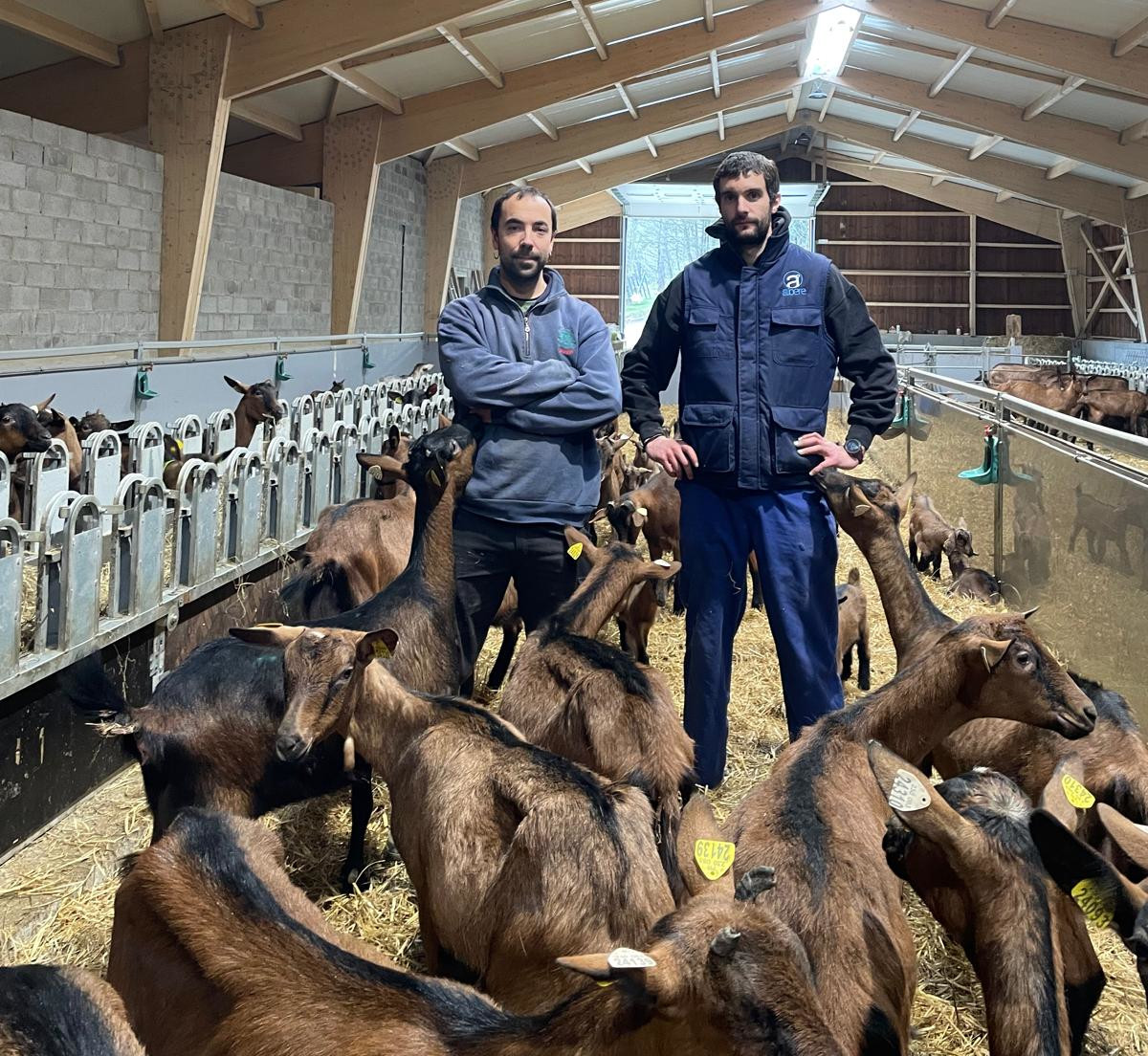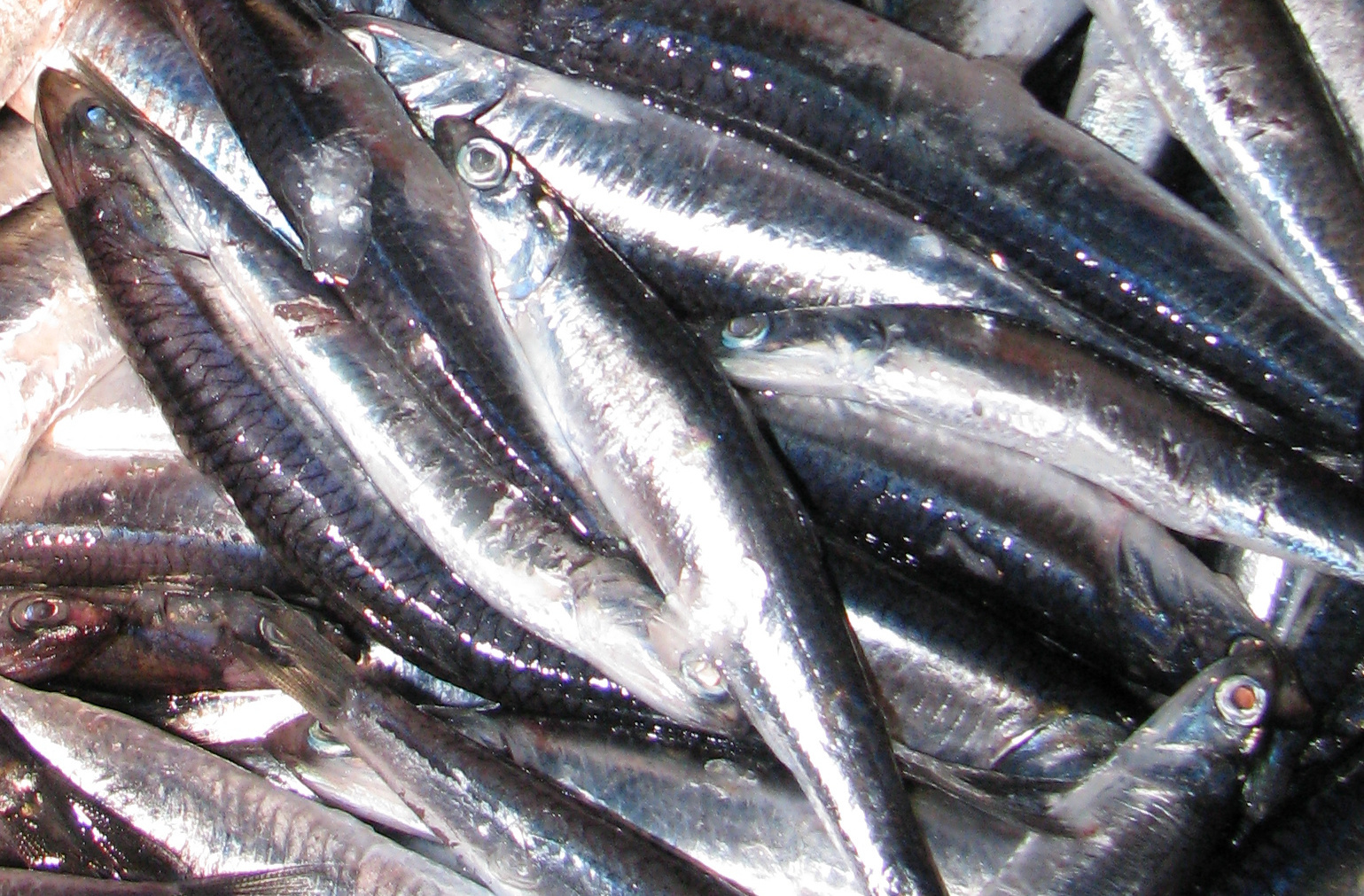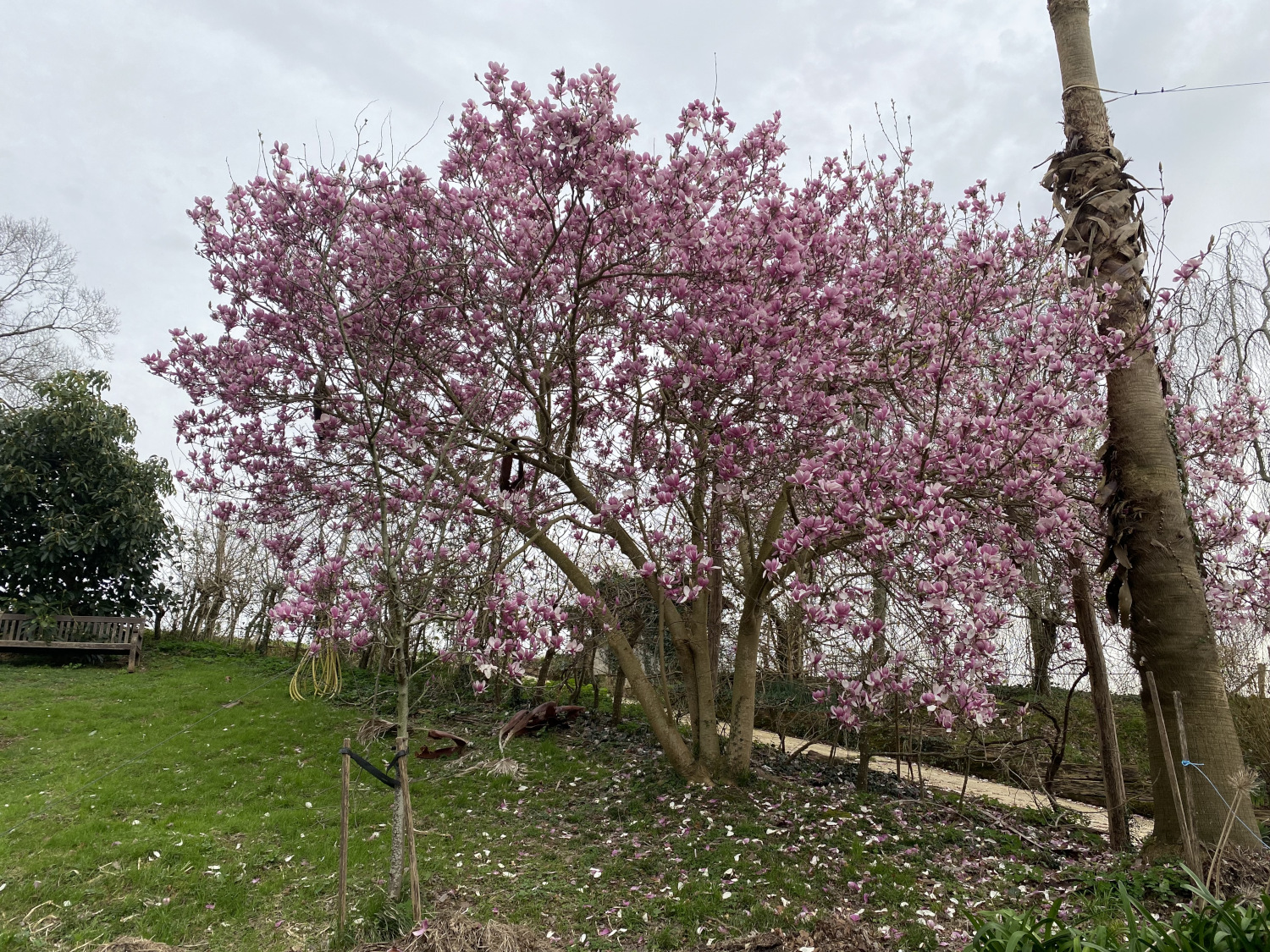Do you know the instrument that is made with avellano skin?
- Sunprinua is a musical instrument. Natural from Urrizti in the Larraun valley. In appearance, it looks like a dulzine. It is made with the skin of the hazelnut Corylus. Now is the time to unwrap the avellano to make the sunprinu.

I've realized that the violent sweat of the May moon was used for the ally (Alnus glutinosa), and we also have the sweat of May. A multitude of people have written to me, answered, completed and asked me about the rising May moon, sweat, ally and superpelliz. One of them has been Antton Gorrino, from Undebeitti (Ibarruri), on the Facebook wall of the Huerta Vivir.
Antton wrote to cast the ally “it’s time to make sunprinu with the skin of avellano!” And I was running sweat. And bolo, bar, val-bal, bur, bul-bul, bro-bro, pul-peculiar, pil-pil, pir-pir, fil-fil, chir-chir, gar-gar, gal, gir-gir, gol-gol, kal-kal, pol-p-pil, jir-pil, z-z-pa, I immediately answered him by asking him. I had already recorded at my disposal the dictionaries I had taken and none of them spoke of a sunprincess. Thankful, Antton replied that he was a dri. In the answer he spoke to me about the work of the great sage Juan Mari Beltrán Argiñena and sent me links to his writings. And the moment I realized Sunprinea, I was drawn to illusion. Because, how little do we know about the plants of our culture?
Sunprinua is a musical instrument. Natural from Urrizti in the Larraun valley. In appearance, it looks like a dulzine. It is made with the skin of the hazelnut Corylus. It needs the long step, straight and without horns, to be complete and without holes. The branch of a couple of meters takes out the spiral skin and leaves a tape about six centimeters wide. This tape is going to fit into a tapered tube that shapes a great sweetness. The narrowest end is cut and is the nozzle (pepitta, fita...), which vibrates when blowing in the mouth. In order to avoid opening the widest end of the lower part, a wedge of white buckthorn (Crataegus sp.) is introduced. It's the spine. In the place where your toes are held, you get two holes, which makes it a three-tone instrument. The sound or music of this instrument is known as “Durunbele”. It is an instrument of pastors who, when they are in the mountain pastures and, above all, when they come down at dusk, stop at the top of the village and from there, each move on their own side, to indicate that they are soon at home. From the hillsides of town, the steophonic concert was going to be ... The Sunprinu is heard at the entrance of the 1991 Uncle Jarrera of the Negu Gorriak group.
Sunprinu is a simple hazelnut crust. If you remove it easily and completely, the avellano should be full sweat. Juan Mari interviewed in 1996 Juan Bautista Lasarte de Iribas, who said that the avellano for the sunprinu must be cut more than half a month of May; as Antton said, when in spring the new skin has been sown, as the ally... Then the Prince continued to float in the water, either to the pond or to the manger after the fall of the afternoon. In this way, he would be able to play until the beginning of July.
A trumpet or tubal was made in the Araraid-Betelu area, with no finger holes. Throughout Europe, these instruments have also been manufactured with surfaces of other plants: ash (Fraxinus excelsior), walnut (Juglans regia), sauce (Salix sp. ), birch (Betula sp.) and chestnut (Castanea sativa).
Where does the name Sunprinu come from? It is also known as fita or pipittari of the extreme alboka sungurrino and sunpurrine...
Udaberrian orain dela egun gutxi sartu gara eta intxaurrondoa dut maisu. Lasai sentitzen dut, konfiantzaz, bere prozesuan, ziklo berria hasten. Plan eta ohitura berriak hartu ditut apirilean, sasoitu naiz, bizitzan proiektu berriei heltzeko konfiantzaz, indarrez, sormen eta... [+]
Ohe beroan edo hotzean egiten da hobeto lo? Nik zalantzarik ez daukat: hotzean. Landare jaioberriek bero punttu bat nahiago dute, ordea. Udaberriko ekinozio garai hau aproposa da udako eta udazkeneko mokadu goxoak emango dizkiguten landareen haziak ereiteko.
Duela lau urte abiatu zuten Azpeitian Enkarguk proiektua, Udalaren, Urkome Landa Garapen Elkartearen eta Azpeitiako eta Gipuzkoako merkatari txikien elkarteen artean. “Orain proiektua bigarren fasera eraman dugu, eta Azkoitian sortu dugu antzeko egitasmoa, bere izenarekin:... [+]
Itsasoan badira landareen itxura izan arren animalia harrapari diren izaki eder batzuk: anemonak. Kantauri itsasoan hainbat anemona espezie ditugun arren, bada bat, guztien artean bereziki erraz atzemateko aukera eskaintzen diguna: itsas-tomatea.
Aurten "Israel Premier Tech" txirrindularitza talde israeldarra ez da Lizarraldeko Miguel Indurain Sari Nagusia lasterketara etorriko. Berri ona da hori Palestinaren askapenaren alde gaudenontzat eta munstro sionistarekin harreman oro etetea nahi dugunontzat, izan... [+]
Sare sozialen kontra hitz egitea ondo dago, beno, nire inguruan ondo ikusia bezala dago sare sozialek dakartzaten kalteez eta txarkeriez aritzea; progre gelditzen da bat horrela jardunda, baina gaur alde hitz egin nahi dut. Ez ni optimista digitala nauzuelako, baizik eta sare... [+]
Bada Borda bat ilargian. Bai, bai, Borda izeneko krater bat badu ilargiak; talka krater edo astroblema bat da, ilargiaren ageriko aldean dago eta bere koordenadak 25º12’S 46º31’E dira; inguruan 11 krater satelite ditu. Akizen jaiotako Jean Charles Borda de... [+]
Donostiako Amara auzoko Izko ileapaindegi ekologikoak 40 urte bete berri ditu. Familia-enpresa txikia da, eta hasieratik izan zuten sortzaileek ile-apainketan erabiltzen ziren produktuekiko kezka. “Erabiltzaileen azalarentzat oso bortzitzak dira produktu gehienak, baina... [+]
Ugaztunei eskainitako azken artikuluaren amaierako hitzak hurrengo animalia aurkezteko aitzakia paregabea dira. Bertan esaten genuen muturluzeak erreka “garbi eta txukunak” behar dituela, kutsadurarik gabeak baina elementu natural anitzekin. Animalia txiki horren... [+]
Mila milioika mintzo dira agintariak. CO2 isurketak konpentsatzeko neurri eraginkor gisa aurkeztuta, zuhaitz landaketei buruzko zifra alimaleak entzuten dira azken urteetan. Trantsiziorako bide interesgarria izan zitekeen, orain arteko oihanak zainduta eta bioaniztasuna... [+]
Kutsatzaile kimiko toxikoak hauteman dituzte Iratiko oihaneko liken eta goroldioetan. Ikerketan ondorioztatu dute kutsatzaile horietako batzuk inguruko hiriguneetatik iristen direla, beste batzuk nekazaritzan egiten diren erreketetatik, eta, azkenik, beste batzuk duela zenbait... [+]
Ubidekoak (Bizkaia) dira Imanol Iturriotz eta Aritz Bengoa gazteak. “Lagunak gara txikitatik, eta beti izan dugu buruan abeltzaintza proiektu bat martxan jartzeko ideia”, azaldu du Iturriotzek. Nekazaritzari lotutako ikasketak izan ez arren, baserri munduarekin eta... [+]
Antxoa, bokarta edo albokartia, gure arrain komertzialen artean txikiena, euskal kostaldera hurbildu da.
Magnoliak eleganteak dira. Dotoreak. Anddereak. Pontxoak. Apainak. Pimentak. Gurbilak. Ponposak, ponpoxearrenak. Ortiroak. Ia-ia fazazkoak, kriket eta kraket. Ez naiz harritzen, beren loraldien azpian lurrarekin urtzerainoko handitasunaren menpeko sentitzen naiz urtero.
Gaur abiatu da Bizi Baratzea Orrian kide egiteko kanpaina. Urtaro bakoitzean kaleratuko den aldizkari berezi honek Lurrari buruzko jakintza praktikoa eta gaurkotasuneko gaiak jorratuko ditu, formato oso berezian: poster handi bat izango du ardatz eta tolestu ahala beste... [+]








